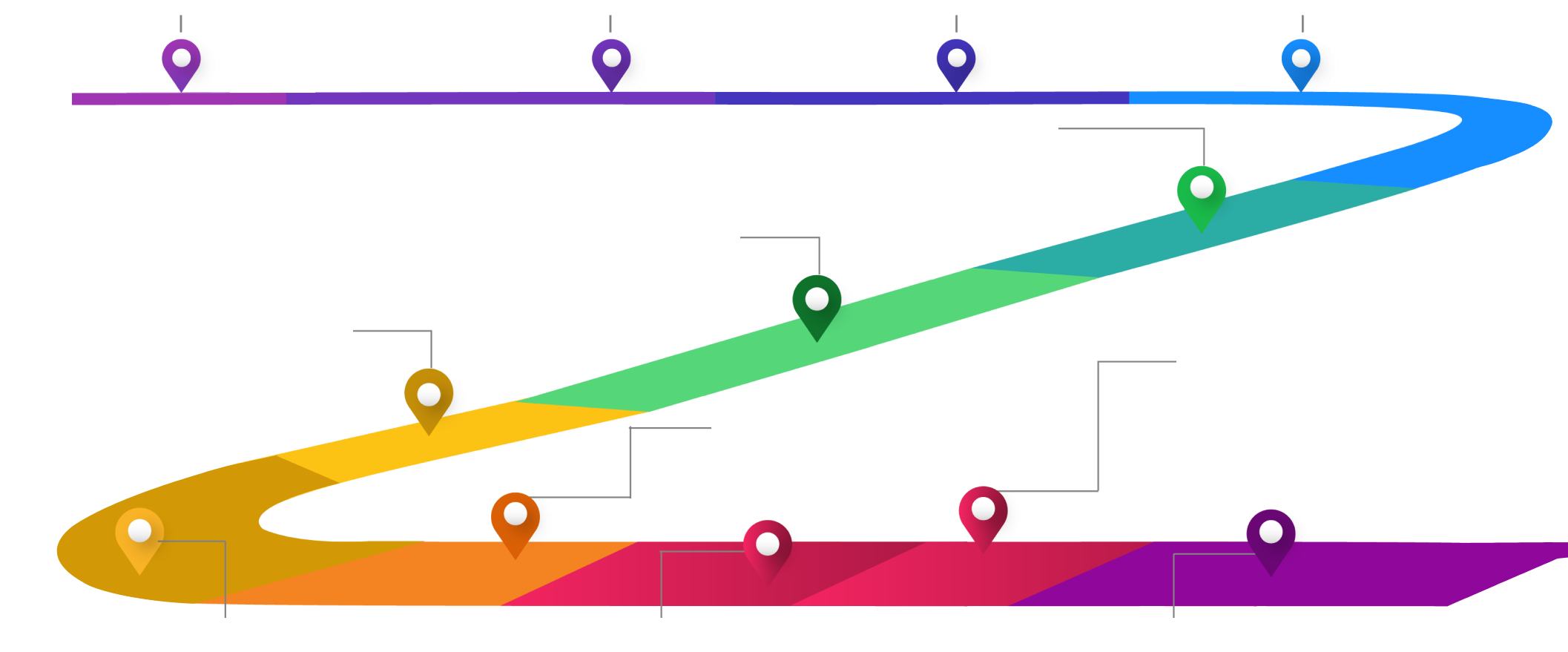
SALESFROCE DATA MIGRATION SERVICES
Migrate large volume of data smoothly between platforms and enhance data management with our Salesforce Data Migration Services
Talk to an ExpertSalesforce Data Migration
Mastering Salesforce Data Migration: A Seamless Transition to Excellence
In the realm of CRM solutions, Salesforce stands out as a beacon of innovation and efficiency. But the journey to harness its full potential often begins with the critical step of data migration. Transferring your valuable data to Salesforce is more than just a technical task; it's about ensuring data integrity, minimizing disruptions, and setting the foundation for a transformative customer relationship experience. At Legendary Solutions, we understand the intricacies of this process. Whether you're transitioning from another CRM or consolidating multiple Salesforce instances, our dedicated page on Salesforce Data Migration offers insights, best practices, and expert guidance to ensure a smooth and secure migration journey. Dive in to discover how we make data migration not just a necessity, but a strategic advantage.

12 Steps To Secure Data Migration
-
Step 1
Define Migration Objectives
- Understand the reasons for migration.
- Determine the scope of data to be migrated.
- Set clear goals and expected outcomes.
-
Step 2
Data Assessment & Inventory
- Catalog all data sources.
- Identify the type, volume, and quality of data.
- Highlight any potential issues or inconsistencies.
-
Step 3
Choose the Right Migration Tools
- Depending on the source and target systems, select appropriate migration tools.
- Consider Salesforce's native tools or third-party solutions based on complexity.
-
Step 4
Choose the Right Migration Tools
- Remove redundant, obsolete, or irrelevant data.
- Correct any inconsistencies or errors.
- Standardize data formats.
-
Step 5
Design the Data Mapping Plan
- Define how data from the source system will map to the target Salesforce fields.
- Consider data transformations or conversions that may be required.
-
Step 6
Develop a Migration Strategy
- Decide on a phased approach or a big bang migration.
- Determine downtime requirements and potential business impacts.
- Plan for contingencies.
-
Step 7
Test the Migration
- Perform a trial run in a sandbox or test environment.
- Validate data accuracy, completeness, and integrity.
- Address any issues or errors identified.
-
Step 8
Execute the Migration
- Schedule the migration during off-peak hours to minimize disruptions.
- Monitor the migration process for any unexpected issues.
- Ensure all data is transferred accurately and completely.
-
Step 9
Post-Migration Validation
- Engage stakeholders to verify the migrated data.
- Use reports and analytics to compare source and target data.
- Address any discrepancies or issues.
-
Step 10
User Training & Support
- Train users on any changes or new features resulting from the migration.
- Provide documentation and resources for reference.
- Set up a support channel for post-migration queries or issues.
-
Step 11
Monitor & Optimize
- Continuously monitor system performance post-migration.
- Optimize any processes or workflows affected by the migration.
- Gather feedback and make necessary adjustments.
-
Step 12
Backup & Archiving
- Ensure a backup of the original data is securely stored.
- Archive any data that might not be immediately necessary but could be required in the future.

Ask Us About Special Discounts And Promotions With Our Partners
Inquire Now© 2025 Legendary Solutions. All rights reserved.
